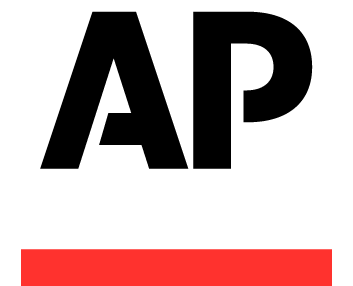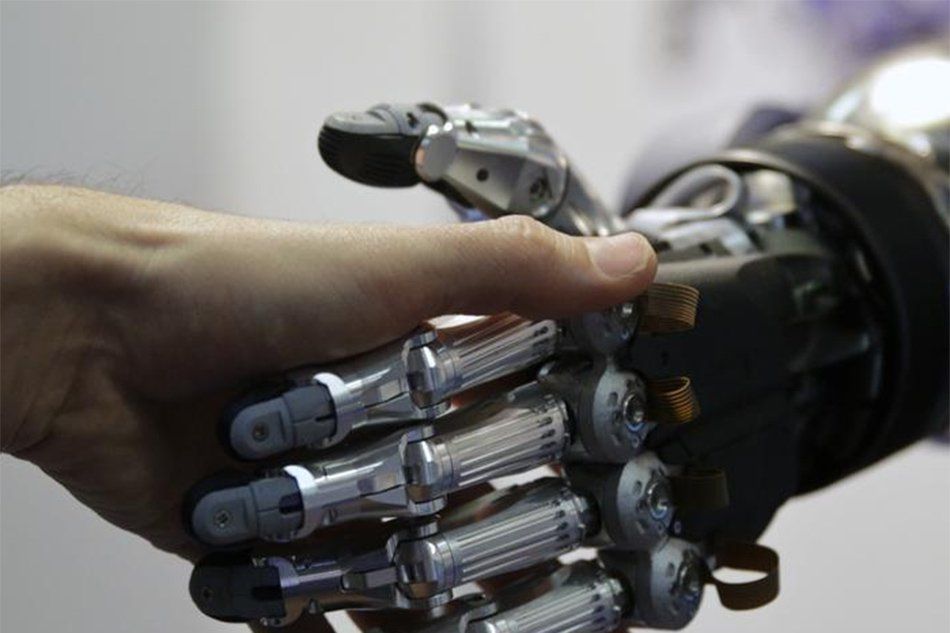PARIS (AP) — The French government has outlined measures to ensure early diagnostic testing for young children with autism and help for them going to school.
In a statement following a Cabinet meeting Monday, the government promised that expenses linked to diagnostic testing will be fully reimbursed.
Measures include opening specific classes at preschools and elementary schools, and putting in place teacher and medical staff training and research to better understand autism, a neurodevelopmental disorder.







